In via del Porto 48, Bologna one of the most experimental and unique galleries in the city scene stands out on the corner of MAMbo and next to the PARSEC space. We are talking about the iconic GALLLERIAPIÙ founded by Veronica Veronesi ten years ago. To celebrate this tenth anniversary we have decided to give you an interview with its creator.
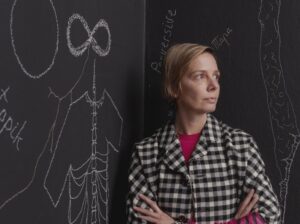
Veronica Veronesi, gallerista
Sara Papini: How did the gallery project come about and what was your path?
Veronica Veronesi: GALLLERIAPIÙ was born with me, ten years ago, in 2013. We have therefore just turned ten! I come from a completely different background. I worked in clothing for about ten years before arriving here. The gallery was a sort of plan B for me. My vision at that time, which still remains current, sees the fusion between arts and other disciplines, always in search of an aesthetic with consequences. A fusion between art, fashion, design and architecture. The transition from artistic director in the field of fashion to this world was not a difficult step, but understanding the contemporary art system was. The attention I had to detail when I worked in fashion, I translated into the attention to detail in the organization of the exhibitions that we host here every year. My idea of a gallery, however, was born from my desire to move further and further away from the white cube and to create a place where we can be, say and participate together. A place where there are no answers but where many questions are asked. To fuel the desire for relationships, I have included a café space within this gallery. I think I’m the only gallery that can serve alcoholic drinks. There is also an entire department dedicated to independent bookshops. Furthermore, there were many collateral events that created what is still the atmosphere of the gallery today. The search for space, however, was another essential chapter for me. I specifically searched here in this area, in the arts manufacturing district. Ten years ago, a beautiful setting was taking shape in this area. The Cineteca, MAMbo and Cassero had moved here. Therefore, at an institutional level, an interesting scene was taking shape, thanks also to the European neighborhood qualification plans. At the same time, some private entrepreneurs were also moving here, such as CAR gallery and P420. There was an effort on the part of us private individuals in wanting to open our activities and outline a certain type of research on the contemporary. A real cultural humus was created and consolidated.
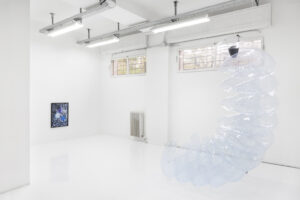
Pauline Batista, Is Your System Optimized?, exhibition view, 2019, courtesy GALLLERIAPIÙ
How many exhibitions do you usually host?
Normally we have a curated selection of four exhibitions a year to which we connect a lot of collateral off-site events. I’d like to do more because the times are getting shorter and shorter, but for both budget and care reasons, it would be impossible to work on them as best as possible if there were more.
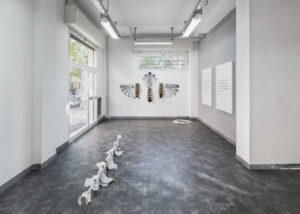
Apparatus 22, Arrangements and haze, exhibition view, 2018, courtesy GALLLERIAPIÙ
Which artists and exhibitions have most characterized the place?
It has always been a research in progress, I never thought of turning into a brand and the mission has always been to throw new life into the market. I immediately focused on emerging artists and in particular on those who could carry out a specific type of research, who spoke of pressing current and future issues. The phrase that could characterize everything is “aesthetics with consequences”. It is an emblematic phrase that characterizes my entire line of research. There must always be something that allows me to talk about our society and what we are experiencing and will experience. Furthermore, we as a gallery always propose unpublished site specific projects, produced and designed for our spaces. Over the years the gallery has changed its face dozens of times, we are always very open to working on the space. With many emerging artists that we have promoted there has been a real common growth. For me it is a cultural operation to throw new life into the market. If there weren’t galleries like mine (and fortunately there are many in Italy), only second-market works would be exchanged. Above all, I underline the fact that yes, my gallery is certainly commercial, but with a strong cultural component, because in the end the market is an engine that does not guarantee sustainability for spaces like this, but in reality I want to deal with that type of world there. A difficult and often risky choice. Among the artists we are closest to, there are certainly Apparatus 22, who have been collaborating with me for almost eight years. We coined together the term aesthetics with consequences. They are a transdisciplinary collective, they deal with relational art and performative acts and perfectly reflect my research line. Another example can certainly be Emilio Vavarella, to whom we have dedicated three solo exhibitions.

Felicity Hammond, Deposits, exhibition view, 2023, photo credit Felicity Hammond, courtesy GALLLERIAPIÙ
To conclude, I would ask you for an in-depth analysis of the research that has characterized the aesthetics of the gallery and a preview of future projects.
The research I am carrying out now focuses mainly on two themes: one is the bringing back into play of the exhibition space and the other is research on the future of galleries. In themselves, these two themes have little to do with the exhibition space and the concept of “showing”, but I am trying to combine the two things. The search is fluid for me. Over the years I have focused on different themes, from social to political. In recent years I have tried to focus a lot on new media and different technologies, such as artificial intelligence or video art. It is extremely fascinating to approach these new languages. Furthermore, often, during the exhibitions, we also invite critics, researchers who implement and enrich what is exhibited. I know I’m a somewhat special gallery and that I have a somewhat radical line but in my opinion for us galleries it’s time to question ourselves. The “white cubes” as we know them now were born in the 1970s to satisfy the demand of the bourgeois public from the time. Now more than fifty years have passed and the galleries are still the same, but what has changed in my opinion is that we are no longer talking to anyone, given that the bourgeoisie no longer exists. The money and the markets are in the hands of other categories, but the contemporary art system is becoming increasingly ghettoized. Demand is scarce, so there is a lot to question even for the new generations, who are often reluctant to come to the gallery to see an exhibition.
Info:
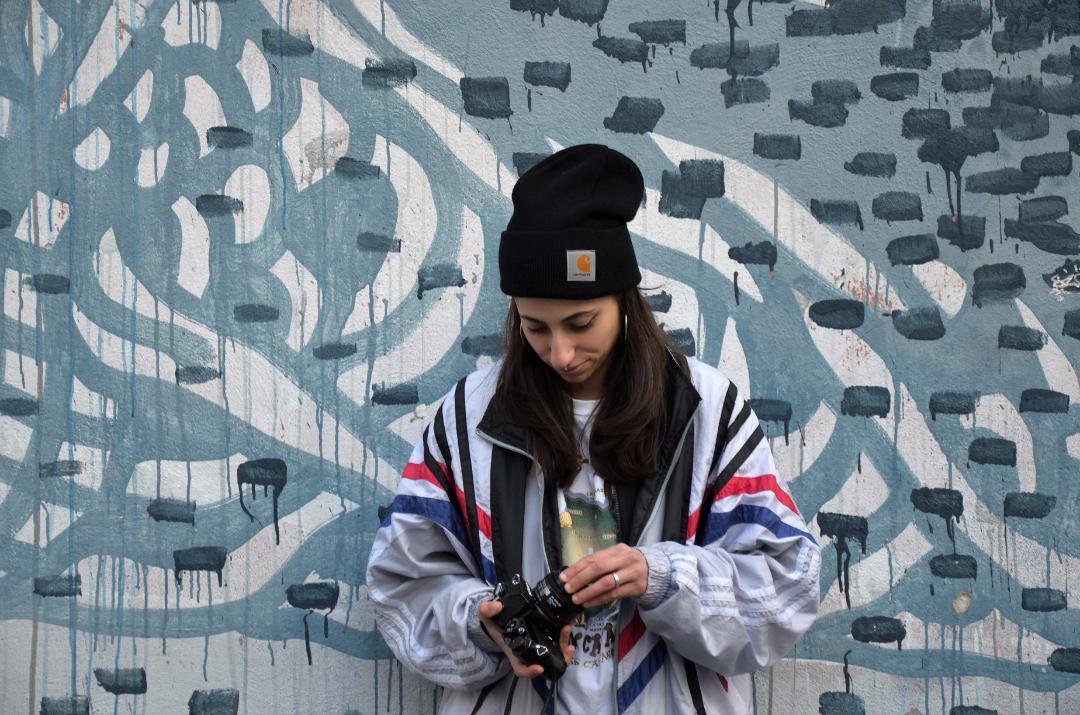
She was born in Genoa but currently lives in Bologna, the city where she graduated from CITEM with a thesis on video art. She works in the world of events in the production sector and is an assistant professor of Visual Studies at UNIBO.




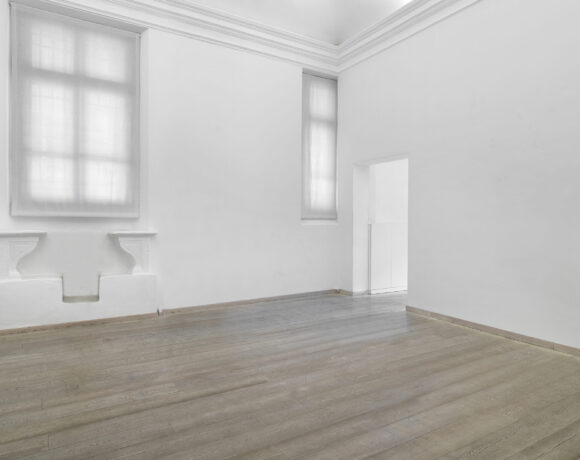

NO COMMENT